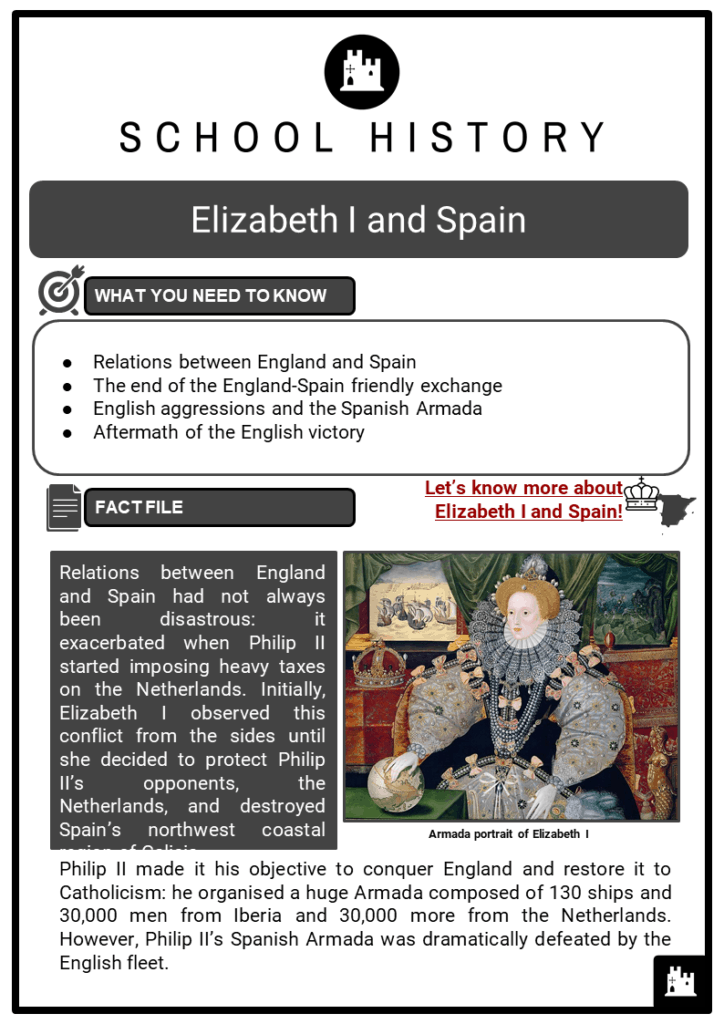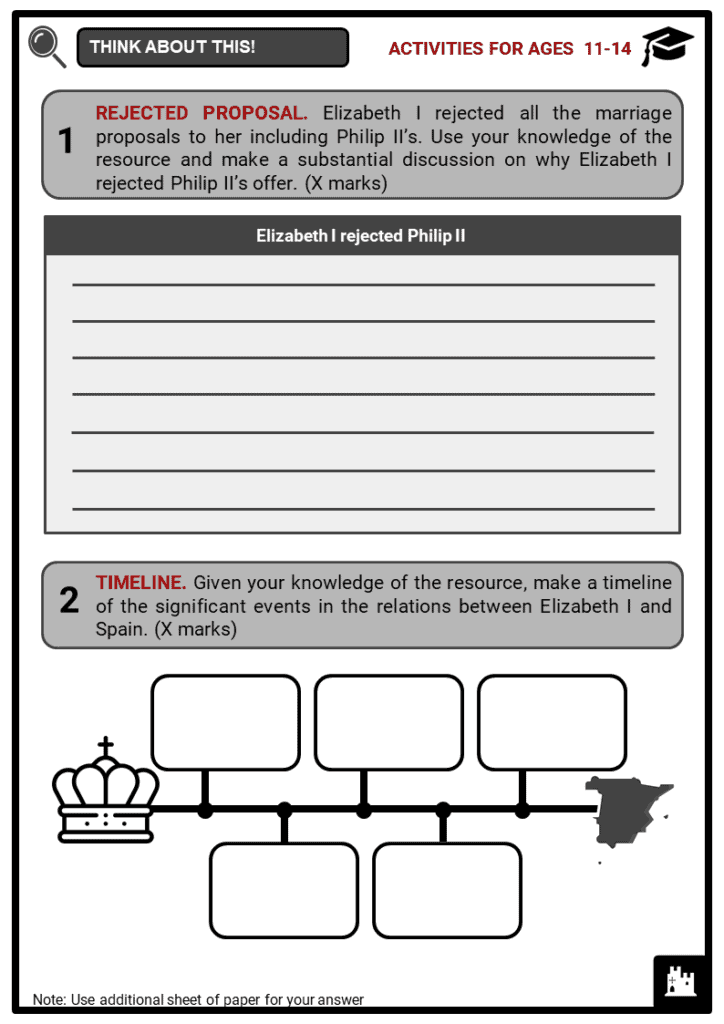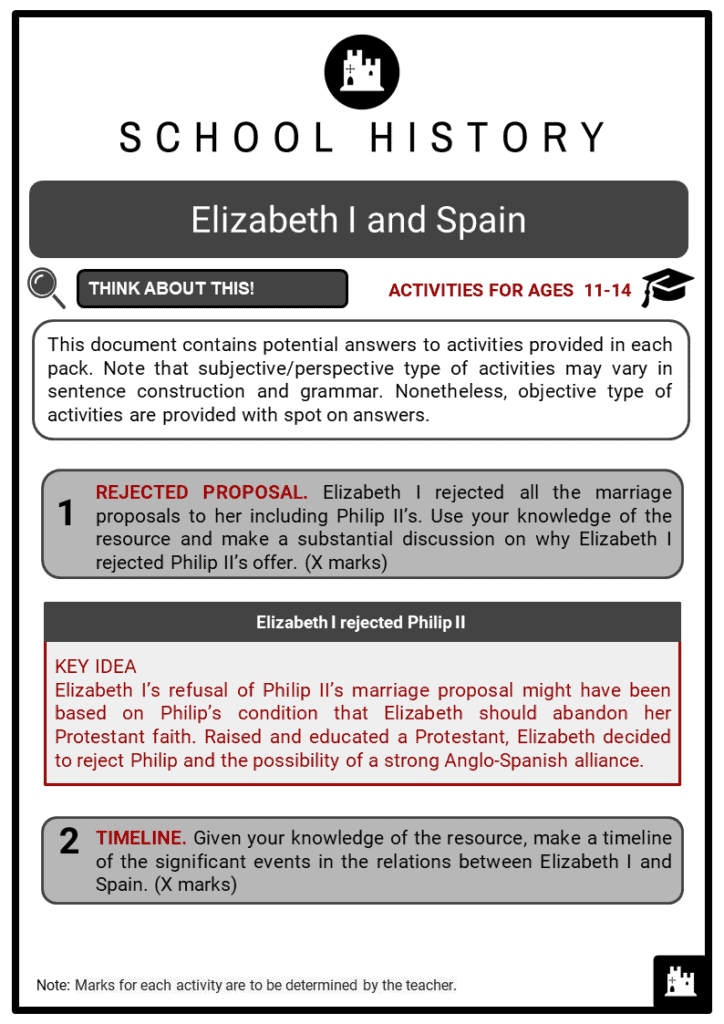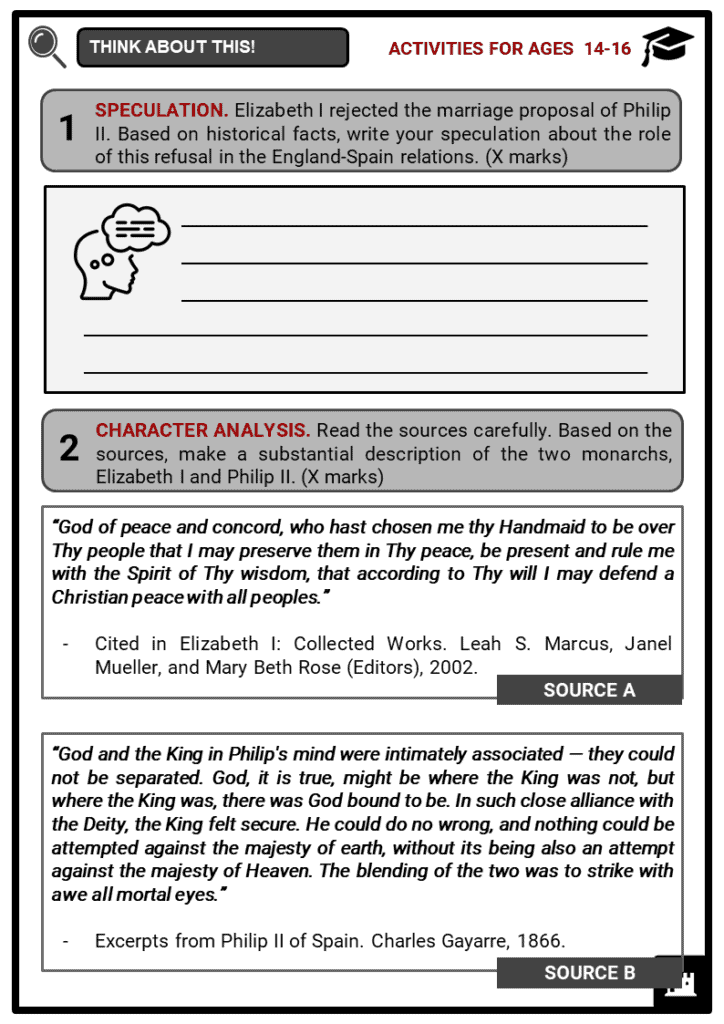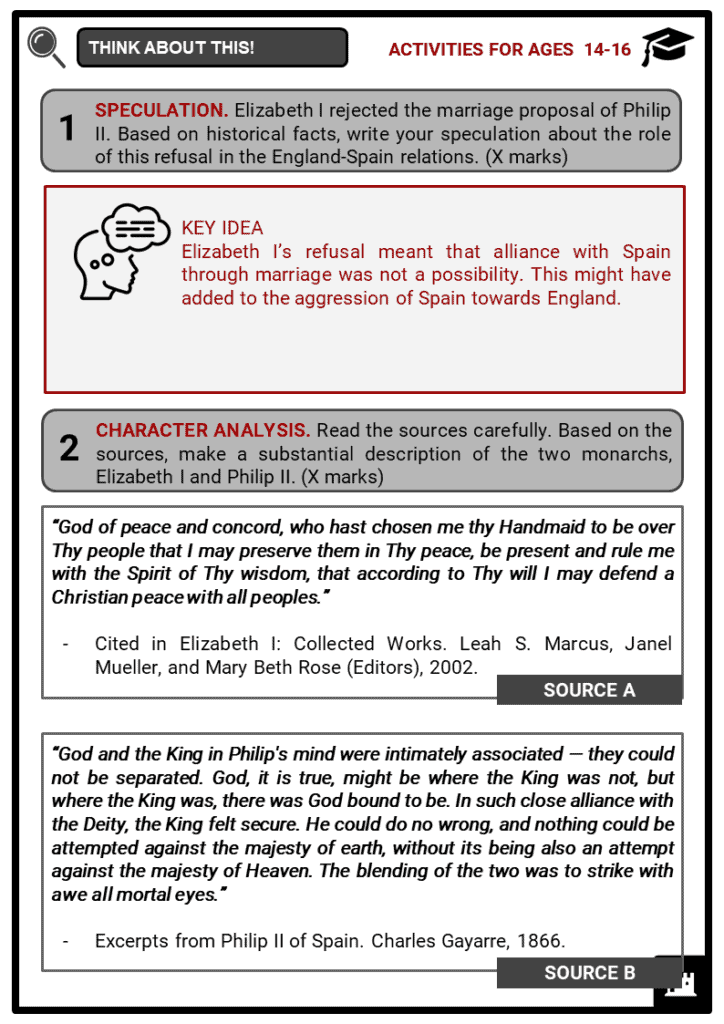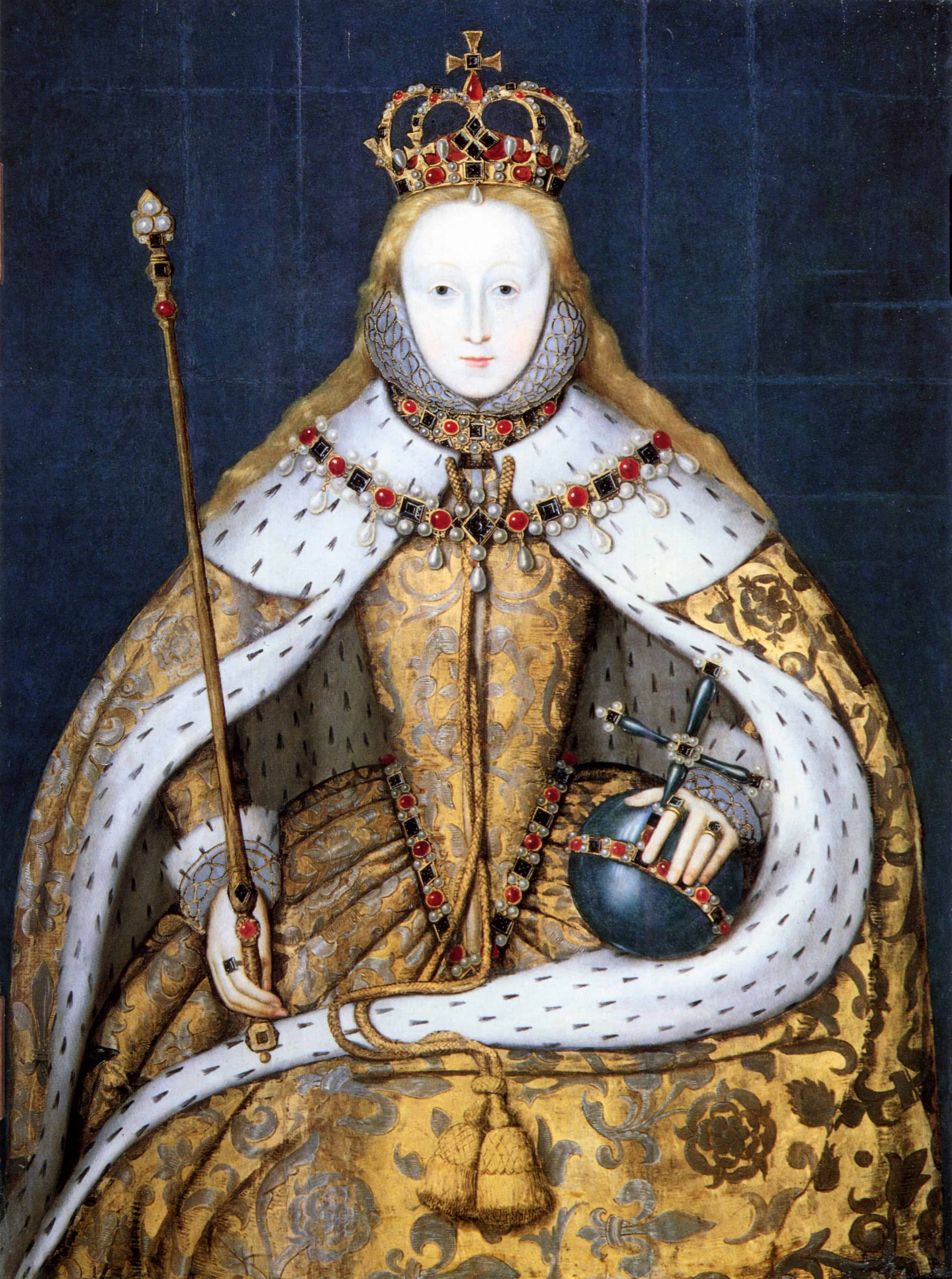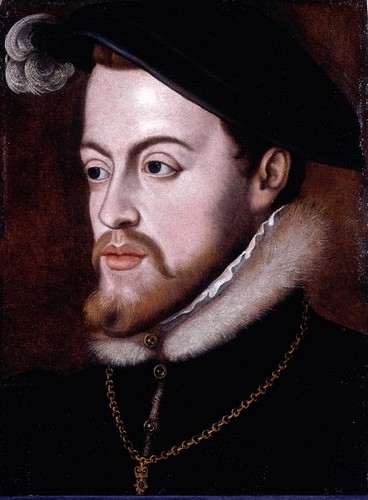Download Elizabeth I and Spain Worksheets
Do you want to save dozens of hours in time? Get your evenings and weekends back? Be able to teach Elizabeth I and Spain to your students?
Our worksheet bundle includes a fact file and printable worksheets and student activities. Perfect for both the classroom and homeschooling!
Table of Contents
Add a header to begin generating the table of contents
Summary
- Relations between England and Spain
- The end of the England-Spain friendly exchange
- English aggressions and the Spanish Armada
- Aftermath of the English victory
Key Facts And Information
Let’s know more about Elizabeth I and Spain!
- Relations between England and Spain had not always been disastrous: it exacerbated when Philip II started imposing heavy taxes on the Netherlands. Initially, Elizabeth I observed this conflict from the sides until she decided to protect Philip II’s opponents, the Netherlands, and destroyed Spain’s northwest coastal region of Galicia.
- Philip II made it his objective to conquer England and restore it to Catholicism: he organised a huge Armada composed of 130 ships and 30,000 men from Iberia and 30,000 more from the Netherlands. However, Philip II’s Spanish Armada was dramatically defeated by the English fleet.
Relations between England and Spain
- Queen Mary I, Elizabeth I’s half-sister, was married to Philip of Spain from 1554-1558, which meant that relations between the two countries were good.
- Philip became the king consort of England and he shared the same religion as Mary I: they were both devout Catholic.
- The birth of their heir would have solidified the restoration of Catholicism in England.
- When Mary I died, Elizabeth succeeded to the throne of England.
- Not everyone was in favour of her ascension since she was raised a Protestant and was the daughter of Henry VIII and Anne Boleyn, whose marriage many had not supported.
- Many believed that the true heiress to the throne was Mary, Queen of Scots, who was another direct descendant of the Tudor family (her grandmother was Henry VIII’s sister). Moreover, she was Catholic and had been brought up in France.
- Between the two, Philip of Spain preferred Elizabeth as the Queen of England, since Mary, Queen of Scots, would have been more in favour of France than Spain.
- The two monarchs, Philip and Elizabeth, were very similar: the two both dressed simply and enjoyed the same outdoor activities like hunting, hawking and riding.
- It wasn’t long before Philip asked Elizabeth to marry him, in order to consolidate their countries’ strengths.
- After all, an Anglo-Spanish alliance would have seemed the most natural option since Scotland and France (Spain’s two enemies) were already allied through the marriage of the French king Francis II and Mary, Queen of Scots.
- Philip proposed various conditions for the marriage, and one of them involved Elizabeth abandoning her Protestant faith in order to become Catholic.
- Elizabeth declined all the marriage proposals that she received, including the Spanish king’s offer.
- During her reign, Elizabeth I received many proposals for marriage, yet she never married and was childless.
- Whilst the friendship between Elizabeth and Philip was not halted by the queen’s refusal, their relations deteriorated in the years to come.
The end of the England-Spain friendly exchange
- In 1556, Philip’s father, Charles V, abdicated and he passed the control of the Spanish empire to his son Philip.
- Spain was the strongest country in Europe since its domain extended overseas: it possessed territories in America and also had control over the Netherlands.
- Because of its strength, Spain had numerous opponents. These included the Protestants, the French and the Ottoman Turks. In order to deal with their threats, Philip employed huge amounts of gold and silver coming from the New World in order to build and pay his own army.
- However, having spent most of the available finances, Philip tried to raise funds by imposing heavy taxes on the Dutch throughout the 1560s.
- It is necessary to note that the Spanish Netherlands were not Catholic: they were Protestant, and as a consequence, were supported by other Protestant countries, including England.
- Initially, Elizabeth I was not inclined to take part or encourage the Dutch rebellions, therefore she simply observed the conflict from the sides.
- Already having vast territorial control when he defeated the Ottoman Empire in the Battle of Lepanto, Philip’s new ambition was the conquest of England.
- In 1571, he ordered his finest general, the Duke of Alba, to conquer England with only six thousand men.
- The Duke clarified to the king that such an expedition would be dangerous since the English naval power and army were much superior to the Spanish ones.
- Yet, Philip claimed that God wanted him to go through with this choice.
- During this time, the King of Spain drastically changed his opinions about Elizabeth I and Mary, Queen of Scots: in fact, he believed that the former was a tyrant in England; whereas the latter was the true and legitimate successor of the English throne.
- After all, he claimed that Mary, Queen of Scots’ alliance with the French ended with the death of her husband Francis II in 1560.
English aggressions and the Spanish Armada
- Whilst England had a strong naval power, it still had to rely on merchant and private ships to defend its shores.
- Under Elizabeth I, many expeditions had been carried out, including Martin Frobisher’s expedition to Greenland and Canada, and Sir Francis Drake’s circumnavigation of the globe (1577-1580).
- However, such adventures did not preoccupy Spain since they possessed numerous ports in America.
- The English attempts to occupy Newfoundland and Roanoke Island dramatically failed since England did not have any ports in Spain.
- Yet, England managed to challenge Spain through piracy: pirates sacked the Spaniards’ wealth (especially in the Caribbean) and brought it back to Elizabeth I.
- England’s attitude towards the Netherlands changed in 1584, and Elizabeth financially supported the Dutch by offering them what the pirates had stolen from the Spanish.
- Moreover, the following year, the queen provided Sir Francis Drake with a fleet and assigned him the task of destroying Spain’s northwest coastal region of Galicia — taking hostages, stealing goods, and defiling churches in ten days.
- Following such an affront, Philip’s anger and desire for revenge over the queen he once wished to marry was roused.
- He put together 130 ships and thirty thousand men departing from Iberia (Spain), and another thirty thousand men departing from the Netherlands.
- According to Philip’s plan, the two troops would meet in England and fiercely attack and conquer Elizabeth’s kingdom in order to restore Catholicism.
- The Spanish Armada left the port of Lisbon in May 1588.
- The Spanish Armada was also called Grande y Felicísima Armada, which means 'Great and Most Fortunate Navy’.
- Philip’s plan would prove to be too ambitious.
- Whilst Philip made a long list of rules that intended to control the manners and forbidden activities in his fleet, he overlooked planning the coordination between his two massive forces.
- On 27 July 1588, the Spanish Armada stationed in the French port of Calais.
- The Armada stopped in Calais because the other thirty thousand men, led by the Duke of Parma in the Netherlands, were not ready to meet with the fleet.
- The Spanish Armada was able to hold its position for 36 hours, but two things led to its defeat:
- Calais was a dangerous geographical position for the Spanish ships to station in: so close to the British borders, they could have been attacked at any time.
- Having already spotted the Spanish Armada in July, the English fleet were ready to defend England.
- They wreaked havoc amongst their enemies through fireboats filled with burning pitch, brimstone, gunpowder and tar.
- When the Spanish Armada attempted to escape from the fireboats, the fleet could not turn back because of the stormy weather.
- As a consequence, they had to take the longest route and sail all around Scotland and Ireland.
- Once they reached Spain, they had lost even more ships due to the catastrophic weather conditions.
- The Spanish Armada was on its way back home when Elizabeth I rounded up her troops whilst they were preparing for another threat coming from the Netherlands in West Tilbury, Essex.
- On 9 August 1588, Elizabeth I gave this speech: My loving people, we have been persuaded by some, that are careful of our safety, to take heed how we commit ourselves to armed multitudes, for fear of treachery; but I assure you, I do not desire to live to distrust my faithful and loving people. Let tyrants fear; I have always so behaved myself that, under God, I have placed my chiefest strength and safeguard in the loyal hearts and good will of my subjects. And therefore I am come amongst you at this time, not as for my recreation or sport, but being resolved, in the midst and heat of the battle, to live or die amongst you all; to lay down, for my God, and for my kingdom, and for my people, my honor and my blood, even the dust. I know I have but the body of a weak and feeble woman; but I have the heart of a king, and of a king of England, too; and think foul scorn that Parma or Spain, or any prince of Europe, should dare to invade the borders of my realms: to which, rather than any dishonor should grow by me, I myself will take up arms; I myself will be your general, judge, and rewarder of every one of your virtues in the field. I know already, by your forwardness, that you have deserved rewards and crowns; and we do assure you, on the word of a prince, they shall be duly paid you. In the mean my lieutenant general shall be in my stead, than whom never prince commanded a more noble and worthy subject; not doubting by your obedience to my general, by your concord in the camp, and by your valor in the field, we shall shortly have a famous victory over the enemies of my God, of my kingdom, and of my people.
Aftermath of the English victory
- In commemoration of the victory of England, a special medal was struck by Elizabeth I with the words "Flavit Jehovah et Dissipati Sunt", which translates to "Jehovah blew with His winds, and they were scattered".
- This victory boosted English pride and Elizabeth’s legend persisted even after her death.
- The wind that scattered the Spanish Armada has been called the Protestant wind.
- Over the years, England and Spain sent fleets against each other but failed.
- In 1604, the Treaty of London brought the conflict that lasted more than fifteen years to a close.
Image sources:
[1.] https://upload.wikimedia.org/wikipedia/commons/e/eb/Elizabeth_I_in_coronation_robes.jpg
[3.] https://c1.staticflickr.com/4/3306/3474121888_55a3fa7d4f.jpg
[4.] https://upload.wikimedia.org/wikipedia/commons/d/d0/Spanish_Armada_fireships.jpg

